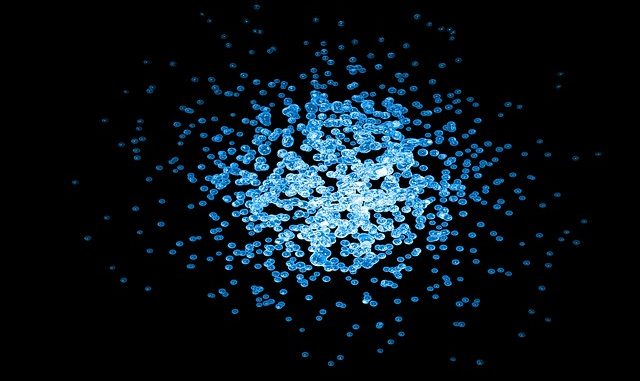
Hydroxyapatite chromatography is a chromatographic technique that is used as an alternative to gel-filtration, ion-exchange and affinity chromatography. It relies on a mineral matrix – calcium hydroxyapatite [Ca5(PO4)3OH]2 which is reliable for fractionating proteins and nucleic acids (Bernardi, 1965, 1969a, b,c., 1973).
The method is exceptional for separating native double-stranded DNA from cell fragments using a stepwise system of 0.2M then 0.25M potassium phosphate buffer at pH6.8.
Basic proteins will elute in relatively low NaCl concentrations of about 0.15M and acidic proteins elute by moderate phosphate concentrations and concentrations of NaCl (Gorbunoff, 1984a,b; Gorbunoff & Timasheff, 1984).
Binding occurs in all cases by nonspecific attraction between the positive charges on proteins or DNA with negative charges on hydroxyapatite (HA). There is also specific complexing between the carbonyl groups on protein and the calcium loci of hydroxyapatite.
The elution mechanism relies on nonspecific ion screening of charges or by specific displacement of protein groups from sites on the column to which they were originally complexed. So by changing the concentrations of either NaCl and phosphate, the protein desired can be separated from other contaminants.
The method is also used to purify viruses (Mazin and Sulimova, 1975; Tsuru et al., 1991).
The technology has some major advantages over other methods: it has a large capacity and is easy to scale-up.
References
(1965). Chromatography of nucleic acids on hydroxyapatite. Nature 206 pp. 779–783.
(1969a). Chromatography of nucleic acids on hydroxyapatite I. Chromatography of native DNA. Biochim. Biophys. Acta 174 pp. 423–434 (Article)
(1969b). Chromatography of nucleic acids on hydroxyapatite. II. Chromatography of denatured DNA. Biochim. Biophys. Acta 174 pp. 435–448
(1969c). Chromatography of nucleic acids on hydroxyapatite 3. Chromatography of RNA and polyribonucleotides. Biochim. Biophys. Acta 174 pp. 449–457
(1973). Chromatography of proteins on hydroxyapatite. Methods Enzymol. 27 pp. 471–479
(1984a). The interaction of proteins with hydroxyapatite I. Role of protein charge and structure. Anal. Biochem. 136 pp. 425–432
(1984b). The interaction of proteins with hydroxyapatite II. Role of acidic and basic groups. Anal. Biochem. 136 pp. 433–439
. (1984). The interaction of proteins with hydroxyapatite. III. Mechanism. Anal. Biochem. 136 pp. 440–445 (Article)
. (1975). Chromatography of nucleic acids, proteins and certain phages on granulated hydroxyapatite. Biokhimiia 40 pp. 115–122 (Article)
. (1991). Adsorption and preparation of human viruses using hydroxyapatite column. Biomed. Mater. Eng. 1: pp. 143–147
Leave a Reply